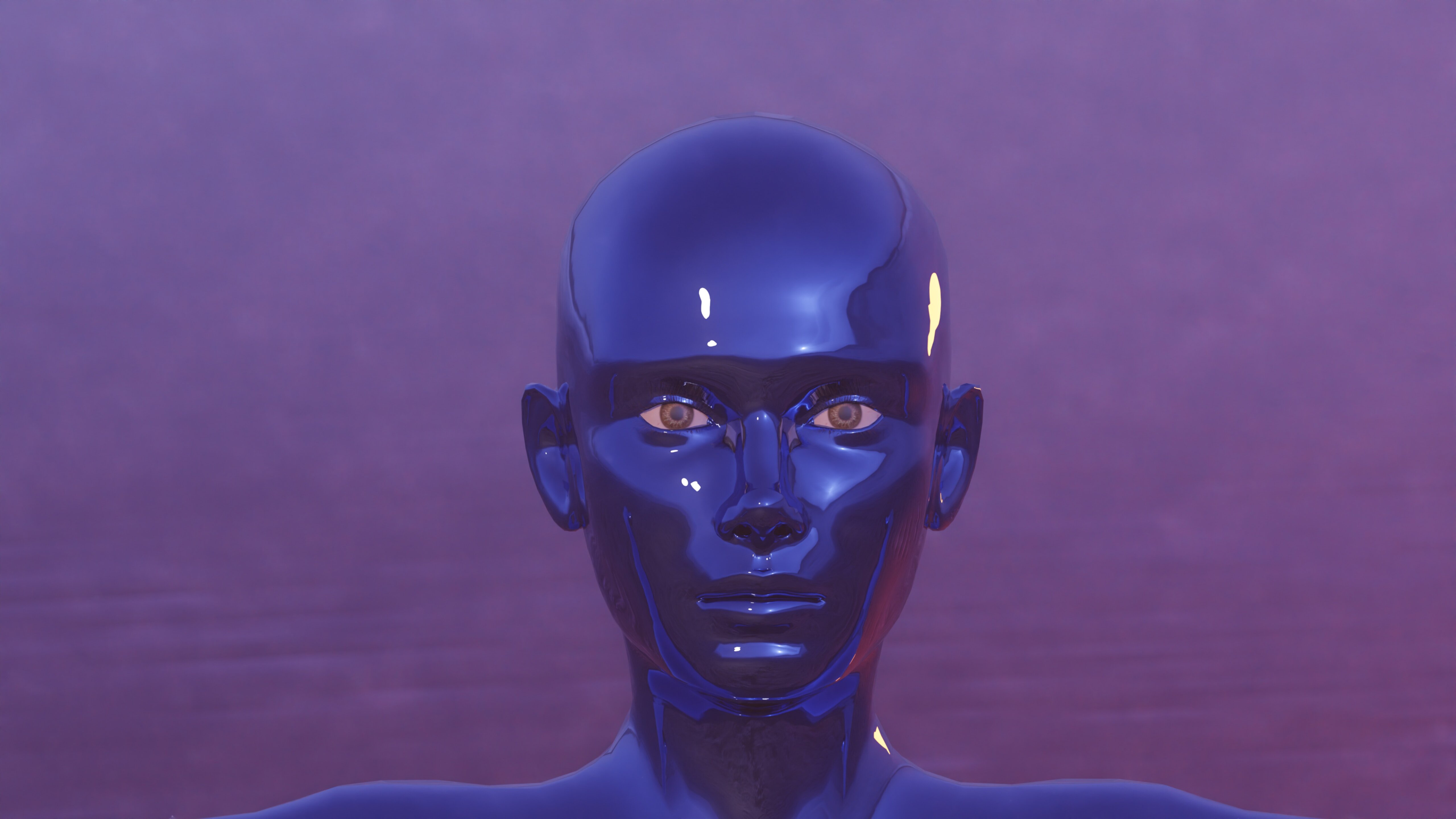The Hidden Impact of Stress on Men's Dating Profile Photos A 2024 Analysis

I’ve been spending a lot of time recently looking at the visual data streams coming off popular digital matchmaking platforms. It’s a fascinating, if sometimes frustrating, area of behavioral observation. We often talk about lighting, clothing choices, and background scenery when analyzing profile success rates, treating these elements as purely aesthetic variables. But what if the underlying physiological state of the subject is leaking through in ways we haven't properly quantified? I'm particularly interested in the subtle, non-verbal cues that betray internal pressures, especially among men navigating the current dating environment.
The noise floor in online dating is incredibly high right now; attention spans are short, and the visual competition is fierce. If a photograph is meant to communicate availability, stability, and general well-being, any artifact suggesting the opposite, even if unintentional, could be actively detrimental to engagement rates. This isn't about bad haircuts or awkward smiles; I'm zeroing in on the barely perceptible physiological markers that correlate with elevated chronic stress levels, and how these markers manifest in static imagery captured in 2024. Let's examine what the data suggests about the hidden impact of psychological burden on digital self-presentation.
When I started mapping out facial micromovements captured across thousands of profile photos—the ones that receive statistically lower match rates, controlling for age and stated income—a pattern began to emerge concerning periocular tissue tension. Think about the musculature around the eyes; sustained tension, even when a person is attempting a relaxed expression, often presents as a slight narrowing of the palpebral fissures, what laymen might call "tired eyes" or a permanent squint, even in bright light. This isn't just poor sleep; this persistent contraction suggests a state of sympathetic nervous system dominance, a low-grade fight-or-flight response that the subconscious registers instantly. I’ve cross-referenced metadata suggesting high professional demands or recent relationship turbulence with these specific visual signatures. The correlation is statistically stronger than I initially hypothesized, suggesting that the facial musculature acts as an involuntary barometer of internal load, visible even through standard smartphone cameras. Furthermore, the spectral analysis of skin tone in these images sometimes shows subtle shifts toward a grayish or slightly sallow cast, which, while potentially attributable to poor white balance, often clusters with the aforementioned ocular tension markers. It seems the body’s attempt to conserve energy under duress subtly alters how light reflects off the skin surface, a detail easily missed by the casual browser but quantifiable by spectral imaging algorithms. We are seeing, quite literally, the physical manifestation of burnout projected onto a platform designed to signal optimal fitness for partnership.
Let's pivot from the face to posture and environmental context, which offer another layer of revealing data regarding unmanaged stress. I noticed a distinct tendency among profiles exhibiting lower interaction rates to feature photos where the subject appears physically constricted or occupying very small, cluttered visual frames. This contrasts sharply with high-engagement photos where the subject often occupies more open space, even if the background is simple. Stress often leads to postural guarding—shoulders pulled slightly forward, a general lack of expansion in the chest cavity—which communicates a lack of psychological safety or dominance, regardless of the subject’s actual physical stature. I suspect that individuals under heavy cognitive load default to these more protective, closed postures, perhaps as an unconscious self-soothing mechanism during the photo session itself. Moreover, when examining the hands in these lower-performing images, there’s a higher incidence of fidgeting artifacts or hands being deliberately hidden or jammed into pockets, betraying a discomfort with being fully exposed or stationary. This isn't about posing skill; it’s about whether the subject’s baseline physical state allows for an open, relaxed presentation that signals approachability. The paradox is that the very pressure to succeed in online dating might be inducing the physiological stress that then sabotages the photos intended to secure that success. We need better ways to measure baseline relaxation before asking someone to perform "relaxed confidence" for a camera.
More Posts from kahma.io:
- →7 Facts About AI Art Navigating the Landscape of Machine Creativity
- →Exploring the Subtle Signs An In-Depth Look into Detecting AI-Generated Headshots
- →AI-Generated Profile Pictures Balancing Authenticity and Privacy in 2024
- →AI-Generated Headshots A Cost-Effective Alternative to Traditional Portrait Photography in 2024
- →7 Fascinating Insights into the Emerging Trend of Online Dating Without Photos
- →The Evolution of AI-Generated Headshots A 2024 Perspective on Authenticity and Approachability